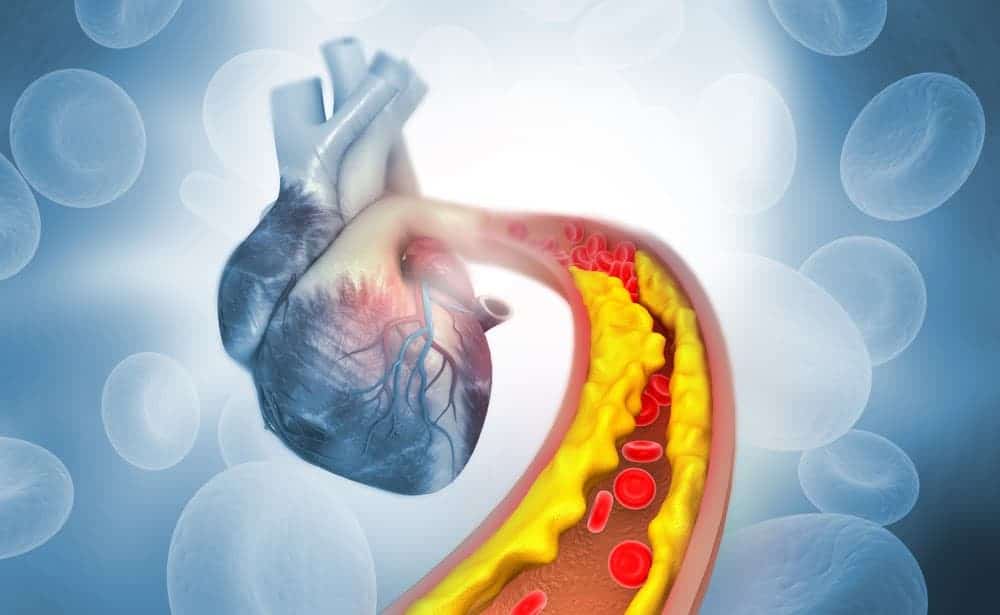Chef Secrets to Organize Your Kitchen for Faster, Stress-Free Cooking
Ever wondered how professional chefs effortlessly whip up culinary delights without breaking a sweat? The secret lies not just in their culinary skills, but significantly in their meticulously organized kitchens. A well-structured workspace can transform your cooking experience, making it quicker, more enjoyable, and stress-free. By adopting chef-inspired organizational techniques, you too can streamline your kitchen, reduce clutter, and elevate your cooking efficiency. In this article, we’ll delve into practical, expert-approved strategies that help chefs maintain order and flow, allowing you to create dishes smoothly and confidently in your own home.
1. Implement the Kitchen Work Triangle

Professional chefs understand that efficient cooking starts with minimizing unnecessary movements. This is where the concept of the kitchen work triangle comes into play—an arrangement connecting your stove, refrigerator, and sink in a triangular layout. By optimizing this triangle, chefs significantly reduce steps and save valuable time during meal preparation. For instance, placing your refrigerator near your prep area allows quick access to ingredients, while the sink positioned conveniently close to the stove facilitates easy cleanup. Evaluate your kitchen layout, whether it’s U-shaped, L-shaped, or galley-style, and adjust accordingly to create a smooth, uninterrupted workflow.
2. Store Items by Frequency of Use
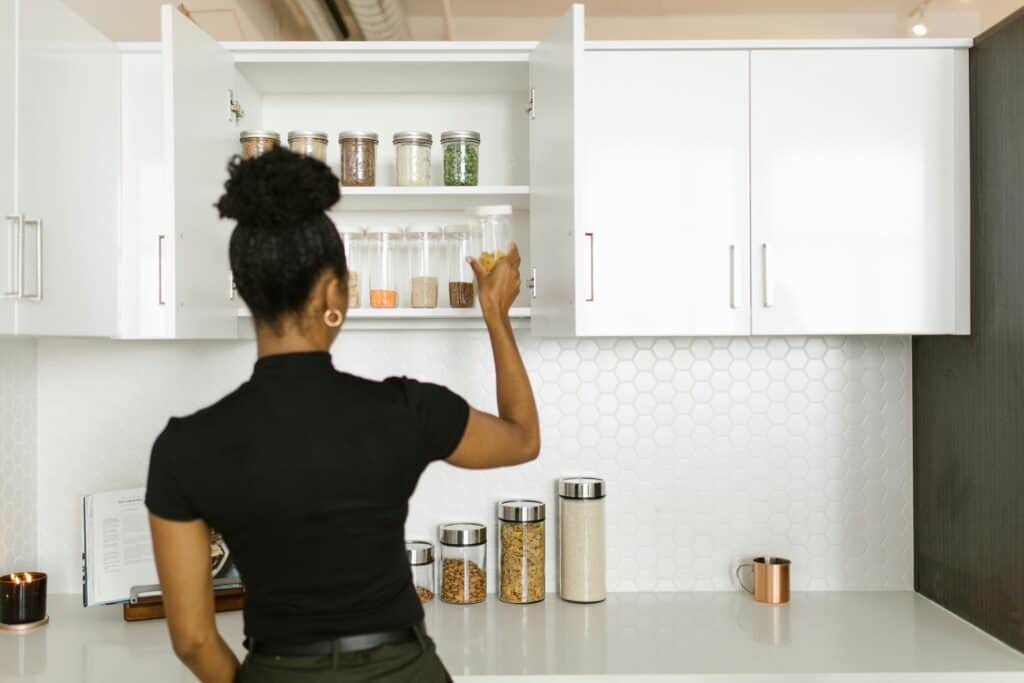
One simple yet powerful chef-approved strategy for an efficient kitchen is organizing items based on their frequency of use. Keep regularly used essentials—like your go-to spices, everyday cooking utensils, and favorite pans—in easily accessible spaces near your main work area. For instance, store frequently-used spices on a rack near your stove or prep station, while lesser-used seasoning blends can reside in higher cabinets or back shelves. Similarly, place your daily-use pots and pans within easy reach, reserving less common items like specialty bakeware or seasonal cookware for higher or lower storage cabinets. This thoughtful approach streamlines your cooking process, saving both time and energy.
3. Utilize Clear Storage Containers
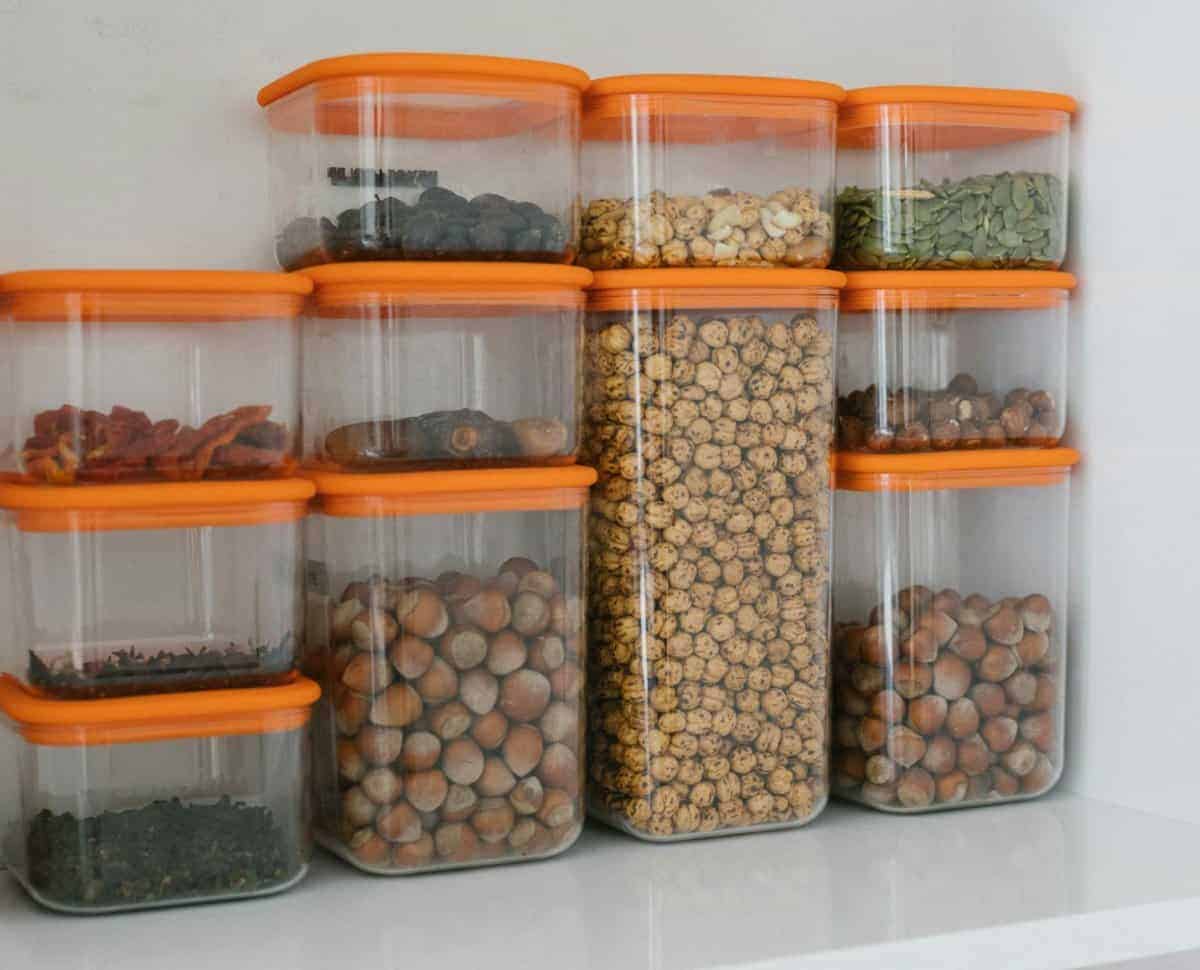
Professional chefs rely heavily on visual efficiency, making clear storage containers a staple in their organized kitchens. Unlike opaque containers, transparent ones let you quickly identify ingredients at a glance, eliminating unnecessary searching and guessing. Imagine swiftly grabbing the flour or pasta you need without rummaging through cluttered shelves. Clear containers also help you monitor ingredient levels, ensuring timely replenishment and preventing unexpected shortages mid-recipe. For enhanced convenience, label each container clearly with its contents and expiration dates. Adopting this simple yet effective practice keeps your pantry organized, ingredients fresh, and cooking sessions seamless and stress-free.
4. Label Everything Clearly
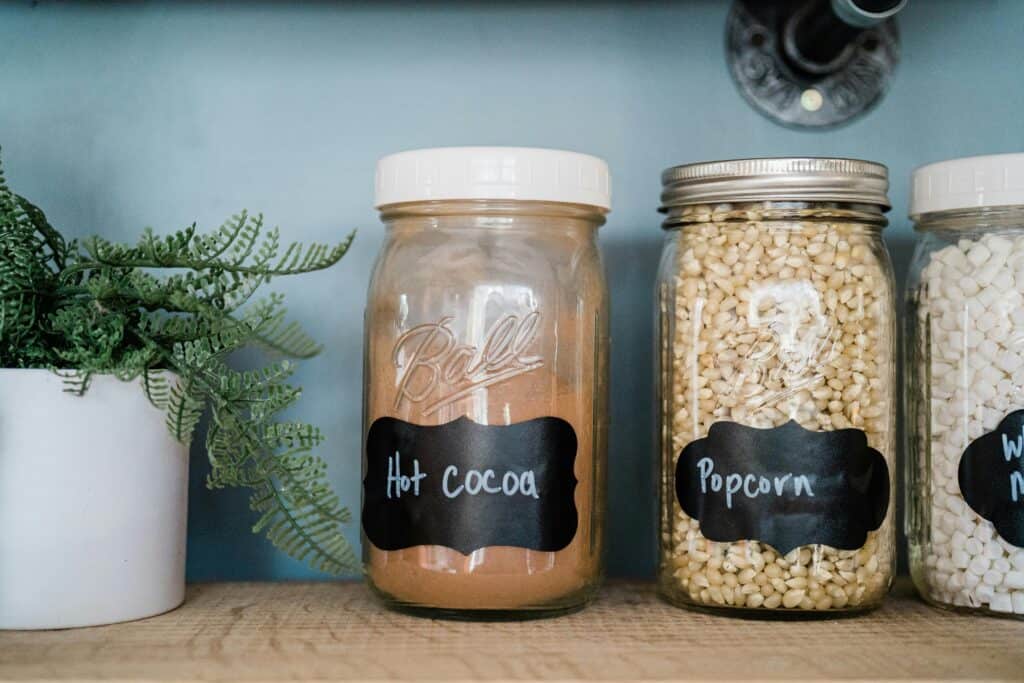
Chefs understand the power of clear labeling in maintaining an organized kitchen. Properly labeled ingredients, leftovers, and storage containers eliminate confusion and help you locate items instantly. Easily readable labels also minimize food waste by clearly indicating expiration dates or preparation details. Consider using reusable chalk labels for frequently updated items like leftovers and bulk food items; they’re versatile and stylish. Alternatively, digital label makers offer crisp, professional labels ideal for pantry staples and spices. Investing a bit of time upfront to label clearly will significantly simplify your cooking routine, making meal preparation faster and more enjoyable.
5. Group Similar Items Together

Professional chefs keep their workspaces efficient by grouping similar items together, enabling them to locate ingredients swiftly and effortlessly. Organizing your kitchen by categories—such as baking supplies, spices, canned goods, or grains—helps streamline your cooking process. For instance, dedicate a drawer or cabinet specifically to baking essentials like flour, sugar, baking soda, and measuring cups. Similarly, arrange spices alphabetically or by cuisine in a designated spice rack or drawer. Grouping canned goods together by type (beans, tomatoes, soups) can significantly simplify meal preparation. This methodical approach helps you quickly find what you need, enhancing your culinary experience.
6. Invest in Drawer Dividers and Organizers

Ever found yourself rummaging through cluttered drawers searching for a spatula or measuring spoon? Chefs avoid this frustration by investing in quality drawer dividers and organizers to neatly separate utensils, cutlery, and kitchen tools. With clearly organized sections, you instantly know where each item belongs, drastically reducing prep time and frustration. Imagine opening a drawer and immediately spotting your whisk or vegetable peeler, rather than digging through clutter. Whether you prefer expandable bamboo dividers or modular plastic trays, drawer organizers transform chaotic spaces into visually appealing, efficient storage areas—significantly improving your overall cooking experience.
7. Keep Countertops Clear

Professional chefs know that clear countertops are essential for efficient, stress-free cooking. A clutter-free workspace not only provides ample room for meal preparation but also reduces visual distractions, helping you stay focused and organized. To maintain clear surfaces, store small appliances, such as blenders or toasters, in cabinets when they’re not in regular use. Establish a daily habit of putting away utensils, cookware, and ingredients immediately after cooking. Additionally, designate specific storage areas for mail, keys, or other household items to prevent countertop accumulation. Adopting these simple routines ensures a spacious, inviting kitchen ready for any culinary adventure.
8. Set Up Food Prep Zones
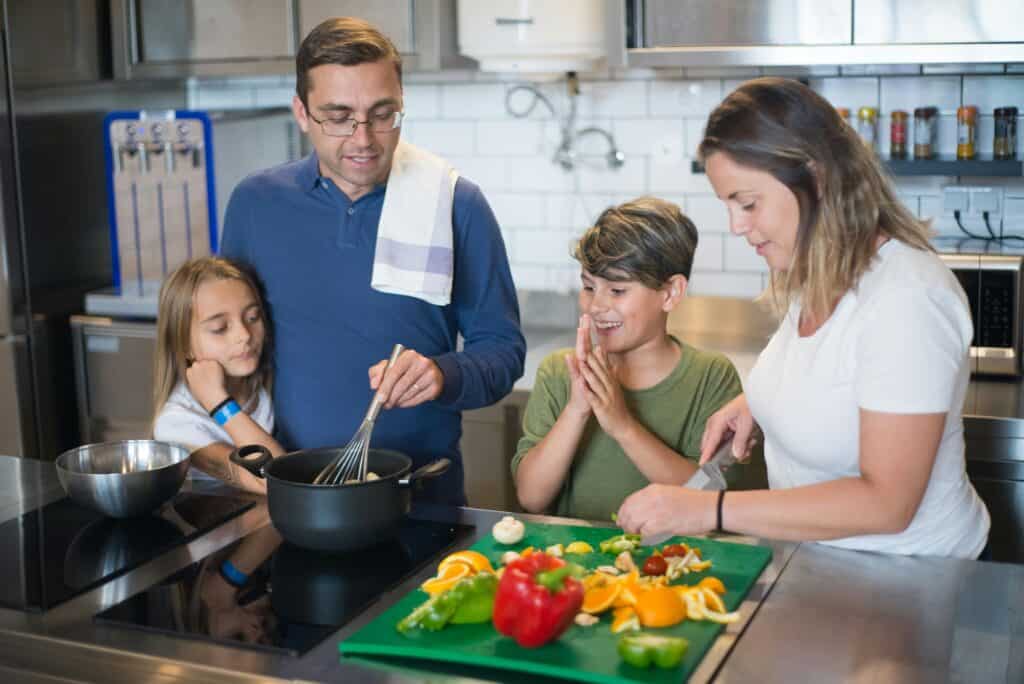
Chefs consistently rely on clearly defined food prep zones to streamline their cooking process. Assigning specific areas for tasks like chopping, mixing, and washing helps maintain organization and efficiency, allowing you to smoothly transition between cooking stages without interrupting your workflow. For example, position your cutting boards, knives, and compost bin within easy reach in your chopping zone, while mixing bowls, measuring cups, and utensils remain conveniently near your mixing area. Kitchens without distinct zones often lead to scattered ingredients and tools, causing frustration and wasted time. Implementing dedicated prep areas can significantly elevate your kitchen organization and cooking enjoyment.
9. Regularly Declutter Expired or Unused Items
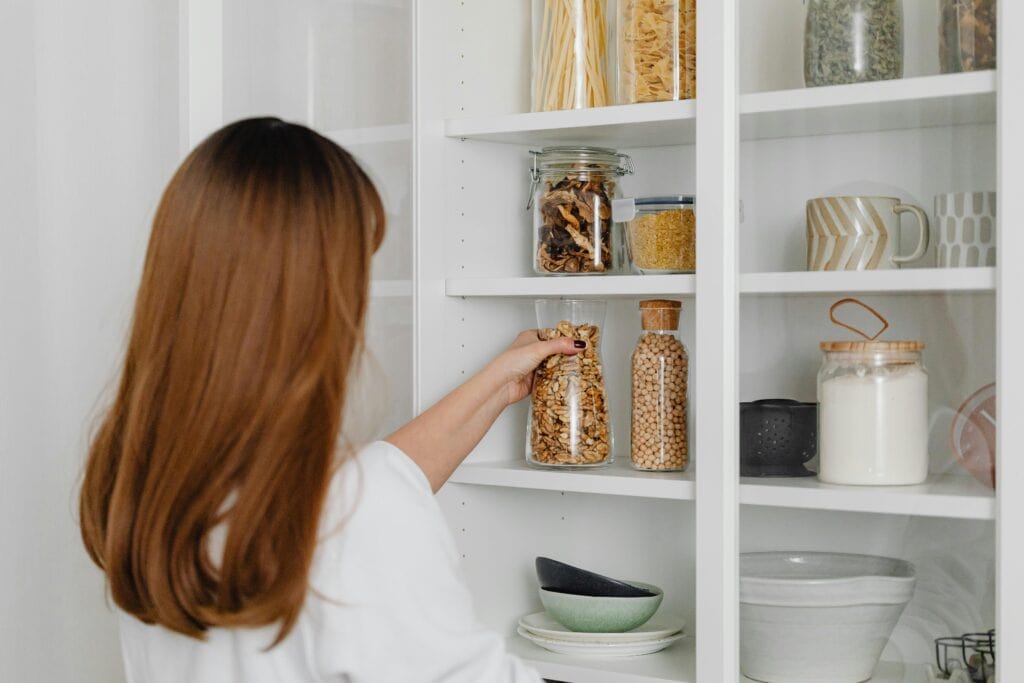
Professional chefs recognize the importance of routinely clearing out expired or rarely used ingredients to maintain kitchen efficiency. Regularly decluttering your pantry, refrigerator, and cabinets not only frees up valuable storage space but also prevents confusion and accidental use of spoiled items. Set a monthly reminder to inspect your pantry staples, condiments, and spices, discarding items past their expiration dates or those you haven’t used in several months. Donate unopened, non-perishable items you won’t use to local food banks or charities. Consistent decluttering simplifies cooking, reduces waste, and ensures fresh, high-quality ingredients are always within reach.
10. Maximize Vertical Storage

Chefs know that utilizing vertical space effectively can dramatically improve kitchen organization and accessibility. Vertical storage solutions, such as wall-mounted hooks for utensils, hanging racks for pots and pans, and slim vertical shelving units, help free up valuable countertop and cabinet space. Consider installing a magnetic strip for knives or wall hooks near your cooking area to keep frequently-used tools within easy reach. A hanging rack above your kitchen island or stove is perfect for displaying and accessing cookware effortlessly. Embracing vertical storage not only optimizes space but also adds visual appeal, creating a practical yet stylish cooking environment.
Conclusion
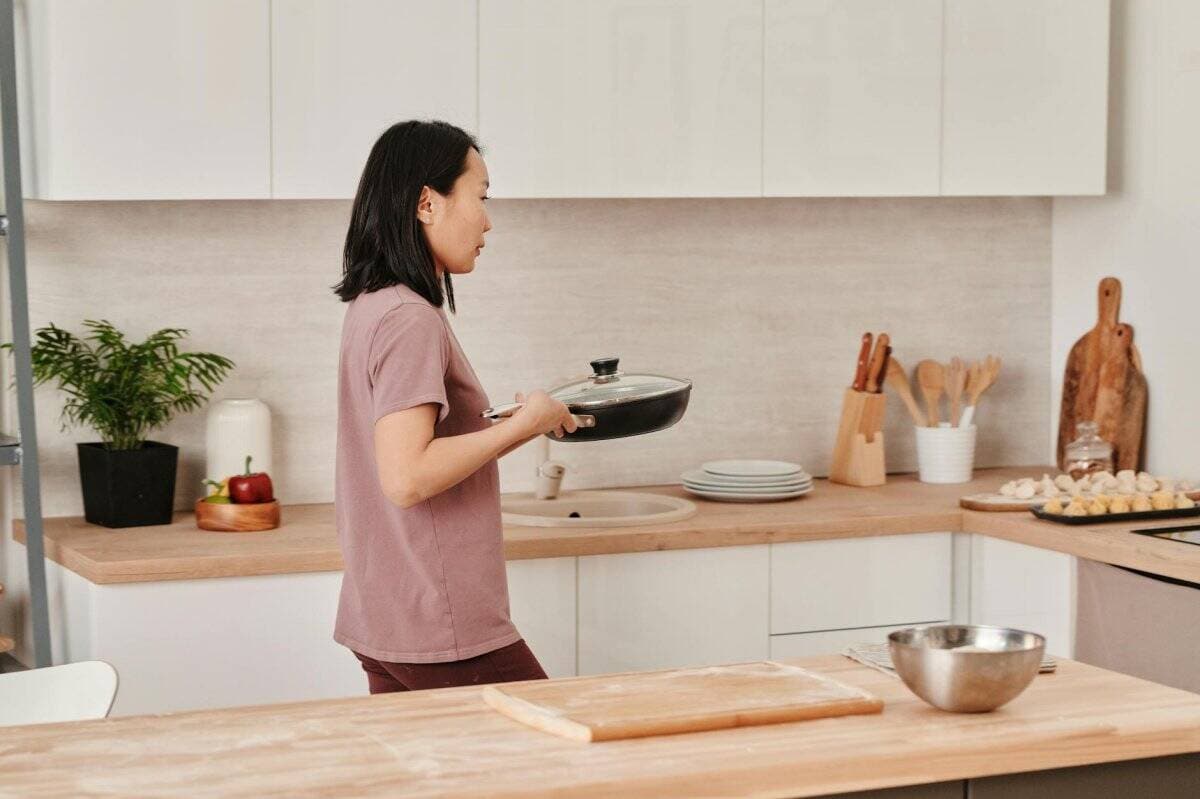
Organizing your kitchen using chef-inspired techniques can transform your cooking experience, making it faster, smoother, and significantly less stressful. By implementing strategies such as the kitchen work triangle, storing items by frequency, clearly labeling ingredients, and keeping countertops uncluttered, you’ll enhance both efficiency and enjoyment in your daily meal preparations. Utilizing clear containers, grouping similar items, investing in drawer organizers, setting up dedicated food prep zones, regularly decluttering, and maximizing vertical space further streamlines your workflow. Don’t wait—start applying these practical tips today and turn your kitchen into a space where cooking becomes a delightful, stress-free experience.





